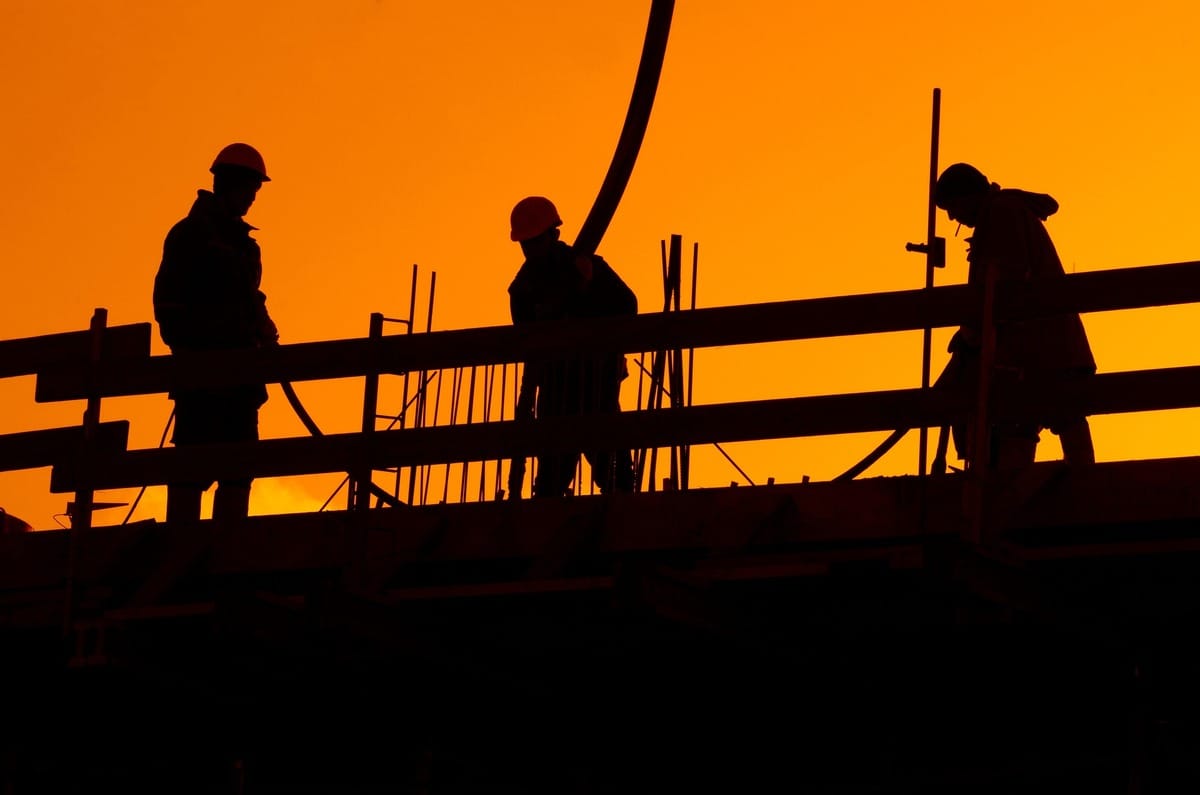- Full Brim Safety
- Posts
- AEDs and Cardiac Emergencies
AEDs and Cardiac Emergencies
Full Brim Safety: Build Smart, Build Safe

AEDs and Cardiac Emergencies
Welcome back, let's Build Smart & Build Safe! We’ve covered immediate first aid. Today, we focus on a life-saving piece of equipment that is crucial for high-risk environments: the Automated External Defibrillator (AED).
Cardiac arrest, often resulting from electrocution or a severe heart attack, requires immediate action. Every minute that passes without defibrillation decreases the chance of survival by about 10%.
Locate and Know Your AED
Accessibility is Key: Do you know the exact location of the AED on your job site? If not, stop and find out today. It must be prominently mounted and easily accessible to all workers.
Don't Hesitate: An AED is designed for use by untrained individuals. The device provides clear, voice-guided instructions and will only deliver a shock if it detects a shockable rhythm.
The Sequence for Survival
In a cardiac emergency (a person collapses, is unresponsive, and not breathing):
Alert: Call 911 (or your emergency number) and immediately call for the AED.
CPR: Begin high-quality Chest Compressions immediately.
AED Application: As soon as the AED arrives, turn it on and follow the voice prompts to attach the pads to the victim's chest.
Shock/Resume: If the AED advises a shock, ensure everyone is clear before pushing the button. If no shock is advised, continue CPR until emergency services take over.
The goal is to provide early CPR and rapid defibrillation. Knowing where your AED is and being ready to use it is a critical skill that saves lives.
Tomorrow, we'll talk about getting everyone safely accounted for during site-wide emergencies.
Please share us with your friends for a daily dose of construction safety tips!
-The Safety Man
